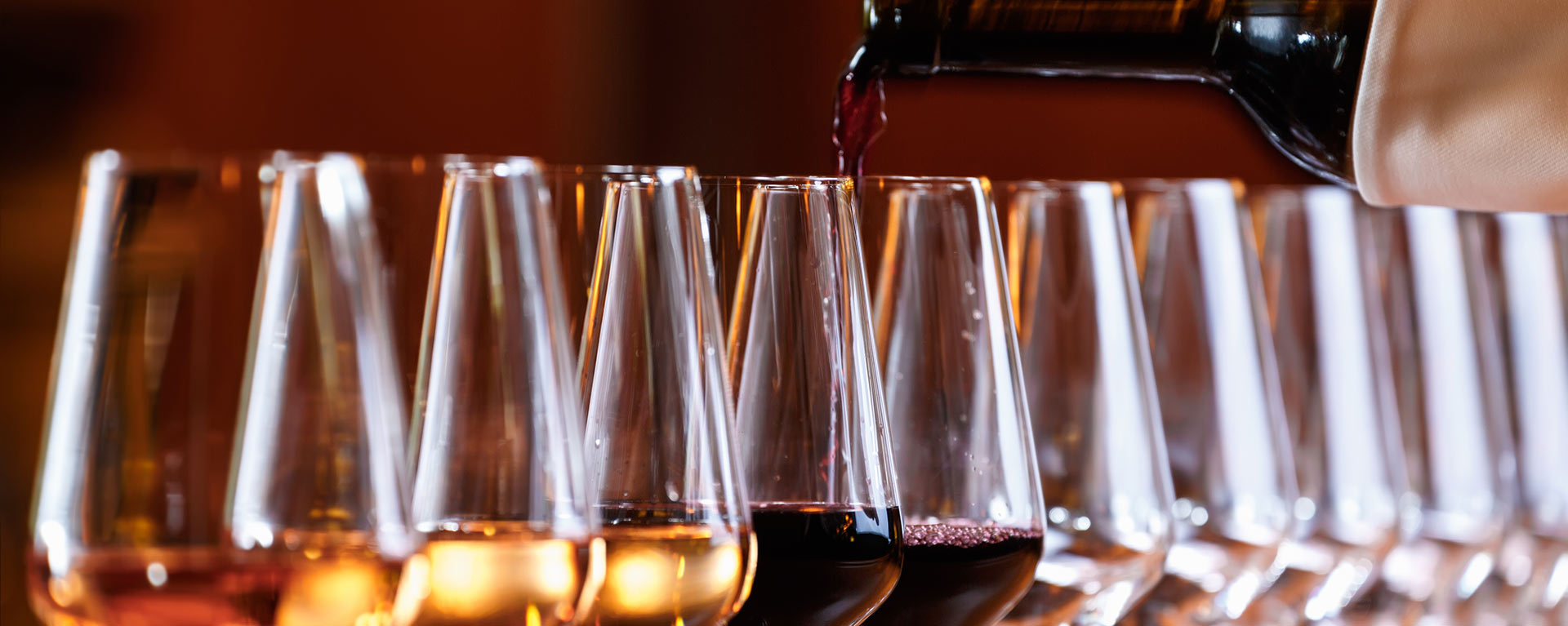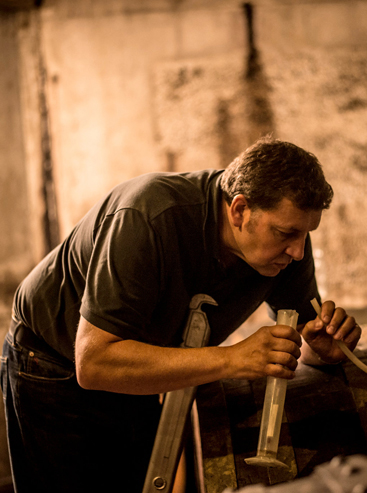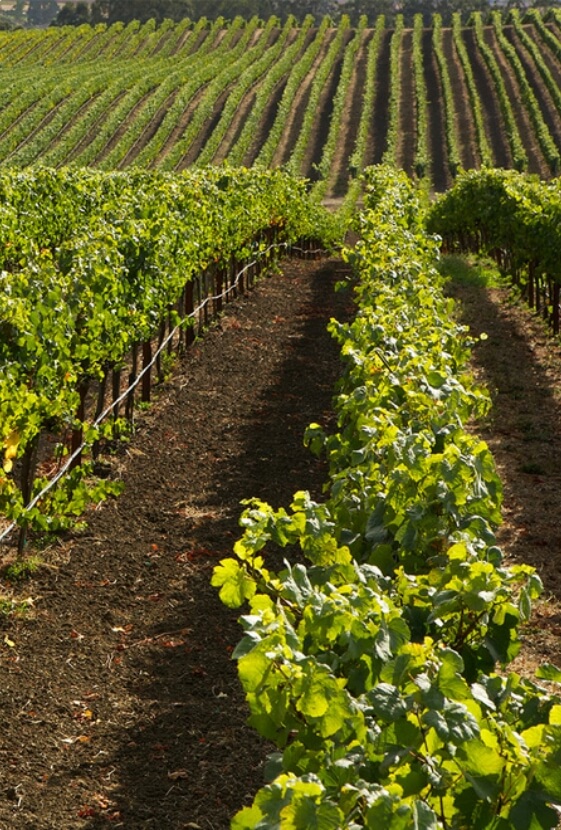In the ’90s, estates like Zind Humbrecht became critical darlings. But the wines also seemed to ebb from the general consciousness and slowly slip away.
The problem was that over time, too many of the historically dry wines of Alsace were sold with residual sugar in them. These wines were sweet, heavy and out of balance, with no indication of sweetness on the label. The problem is not new, and much has been done to rectify it. But the perception appears to linger.
Mr. Ostertag attributed the increasing sweetness to American critics who favorably rewarded those wines. “The sweeter the wine, the higher the score,” he said. “More and more wine appeared with sweetness and nothing more.”
Winemakers in Alsace have been working on solutions to the sweetness issue for years now. Partly, the problem was the result of idealism. Producers like Zind Humbrecht and Domaine Marcel Deiss, who work organically and biodynamically, were loath to pick grapes before they achieved absolute ripeness. They refused to add powerful store-bought yeast to complete fermentations that the indigenous yeast had not finished, which left residual sugar in the wine.
Over time, Olivier Humbrecht, whose family owns Zind Humbrecht, adjusted his viticulture so that ripeness could be achieved with less sugar in the grapes. You can taste the difference. Bottles that I used to find almost syrupy are now sharp and focused, even when they do have some residual sugar.
For years, Zind Humbrecht has put a code on its label to show the level of sweetness consumers can expect. The numbers, or indices, run from 1 (dry) to 5 (rich and sweet). I tasted a 2015 riesling from the Clos Häuserer vineyard, marked Indice 3, that was clearly sweet, yet it was vibrant and refreshing, with a balancing zing of acidity that I would not have found a decade ago.
Zind Humbrecht’s dry 2015s are lovely, including a fragrant gentle muscat from the grand cru Goldert vineyard and a deeply mineral, concentrated riesling from the grand cru Brand vineyard. I was especially impressed with their pinot gris, a grape that seems particularly susceptible in Alsace to cloying heaviness.
“There’s a lot of work done in the vineyard getting the precision right in pinot gris,” said Jolene Hunter, Zind Humbrecht’s export manager. “If you hesitate for a day, the acidity drops massively and alcohol shoots up.”
The 2014 pinot gris from the Rotenberg vineyard was beautifully balanced, fruity and saline, deliciously refreshing.
Excerpt taken from:
New York Times Food
Author: Eric Asimov





